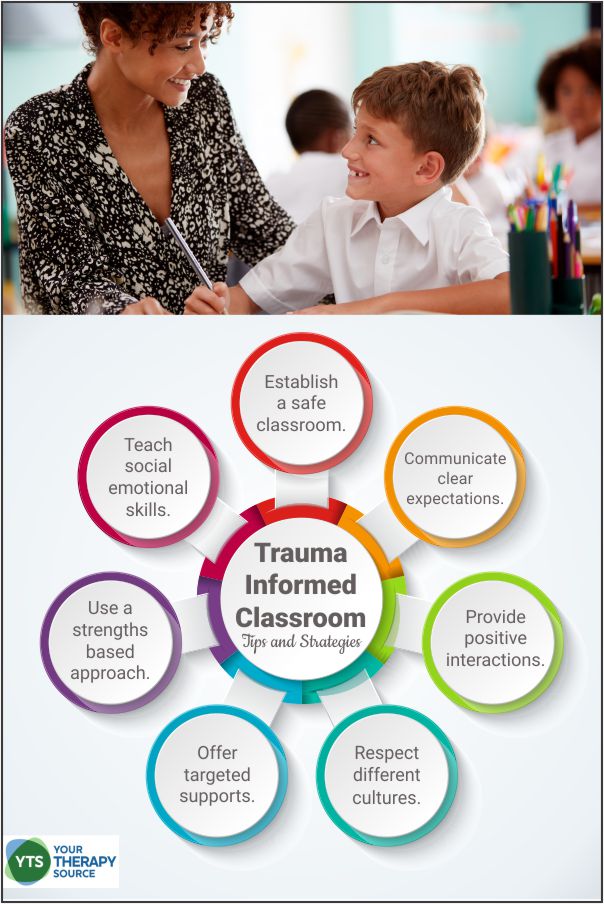Trauma Informed Classroom – Strategies and Tips
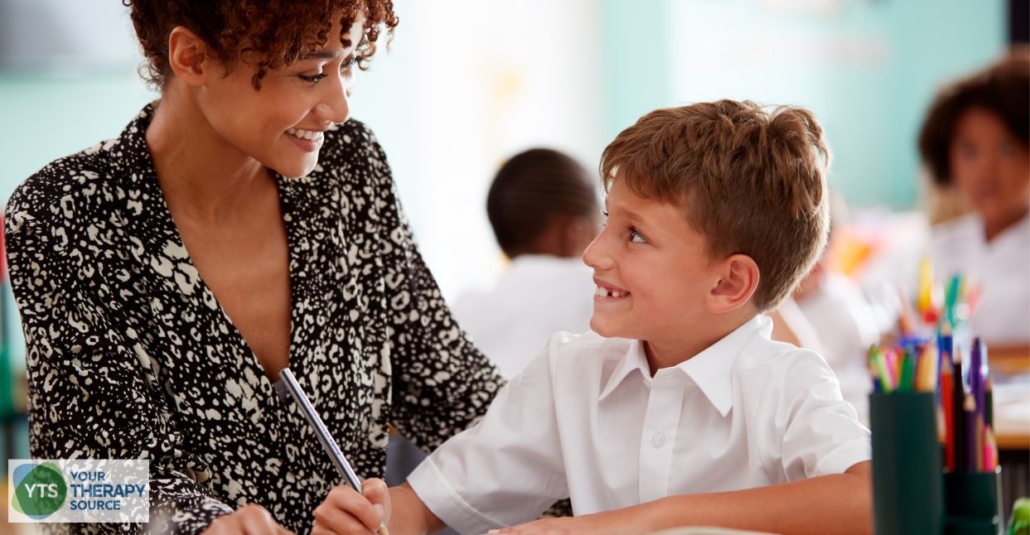
Did you know that research indicates that more than 68 percent of children have experienced a possible traumatic event by age 16 in the United States? Unfortunately, these children who experience trauma may have difficulties with relationships, cognitive skills (including memory and language development), and overreact to everyday stress.
At schools, staff must learn to adjust their interactions with traumatized students and develop trauma informed classrooms to help students cope.
Strategies and Tips for Creating a Trauma Informed Classroom
Creating a trauma information classroom and school culture is a large undertaking that requires formal professional development and training for all staff. Here are a few basic tips and suggestions to help create a trauma information classroom.
Establish a safe classroom
Staff should establish consistent routines during the school day. Activities should be structured in predictable and emotionally safe ways. Prepare students for transitions and change to help students become more independent.
Communicate Clear Expectations
Set clear, school wide expectations for positive behavior interventions and supports that help to develop a safe environment. By having these expectations school wide, students are aware of what is expected with all staff members.
Provide Positive Interactions
Research indicates that high rates of positive interactions improve academic engagement and reduce behavioral issues. These positive interactions can be specific praise statements, tangible rewards, intrinsic rewards or just a positive interaction in general such as a welcome greeting or check in on a student.
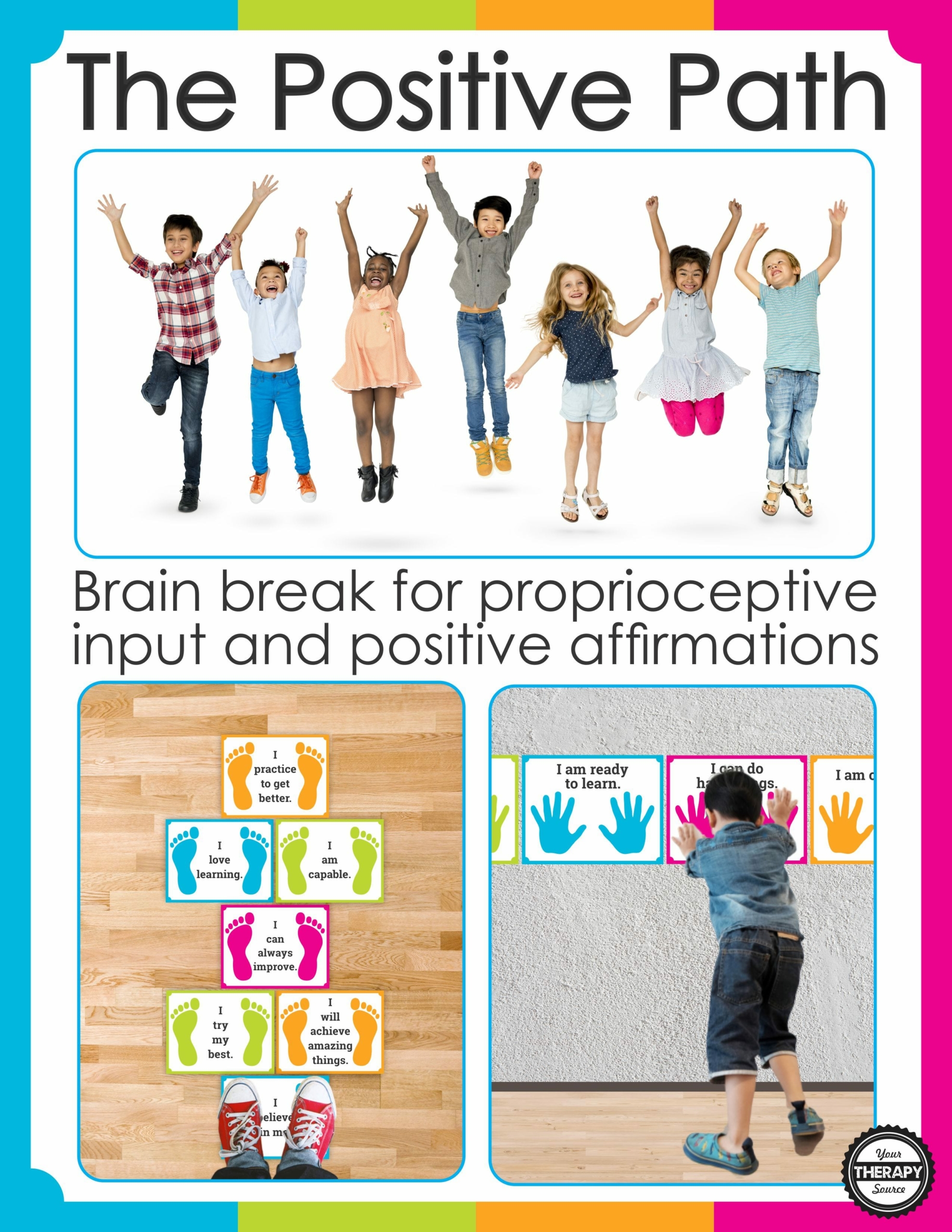
Positive Affirmations for Kids – The Positive Path
Respect Different Cultures in a Trauma Informed Classroom
Different cultures have different expectations and experiences for behavioral norms. It is important to be aware of your student’s cultural background and history in order to be able to understand and be responsive to their needs.
Offer Targeted Supports for Students
Be aware that students may need more targeted, individualized supports through the RTI or MTSS approaches.
Use a Strengths Based Approach
Encourage students’ strengths and interests. We all know every student has strengths. It is our job as teachers, therapists and parents, to help students utilize their strengths and talents to the best of their abilities. Temple Grandin says it best – “There needs to be a lot more emphasis on what a child CAN do, instead of what he cannot do.”
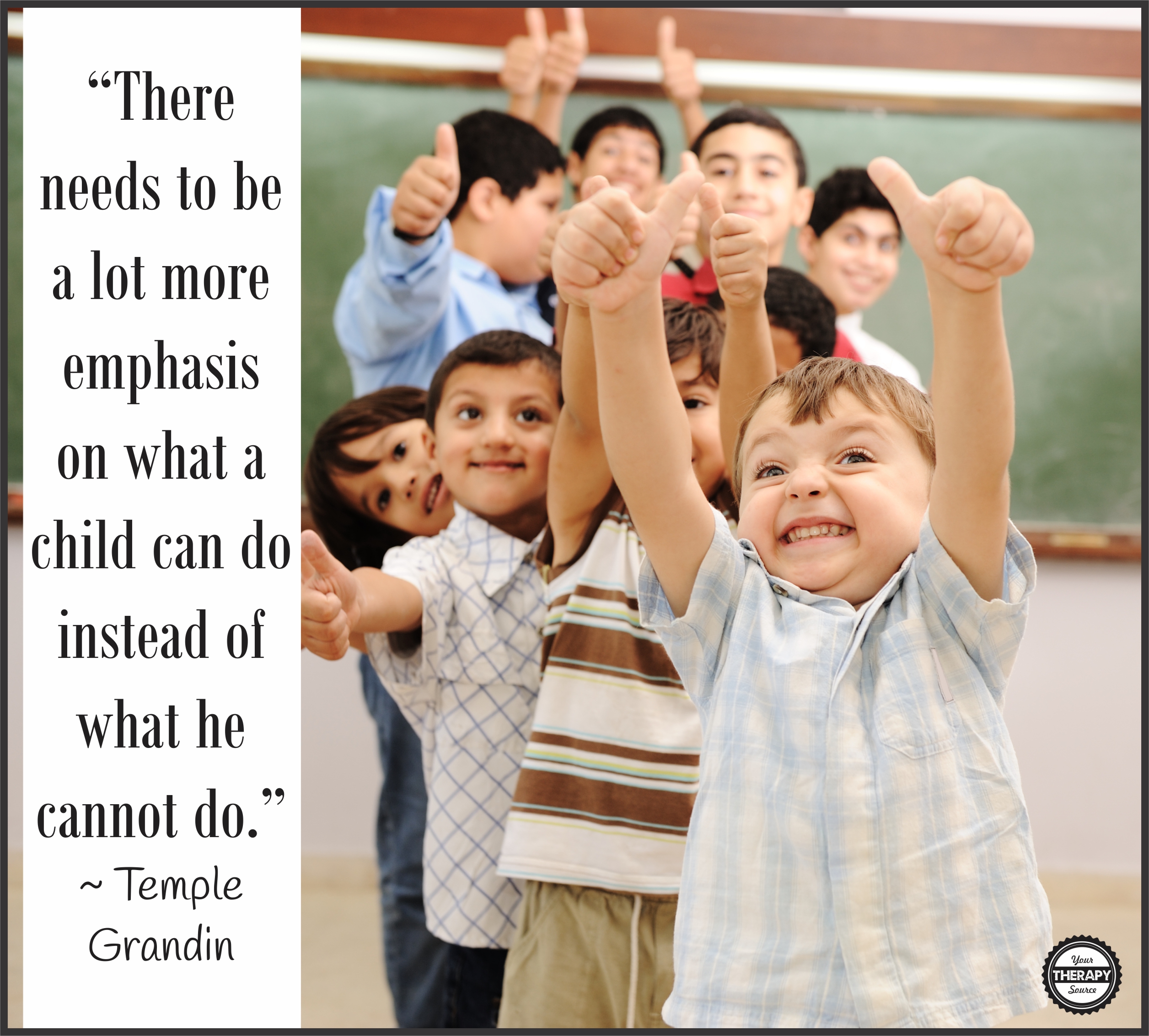
Teach Social Emotional Skills
Take the time to provide explicit lessons to teach social emotional skills to all students.
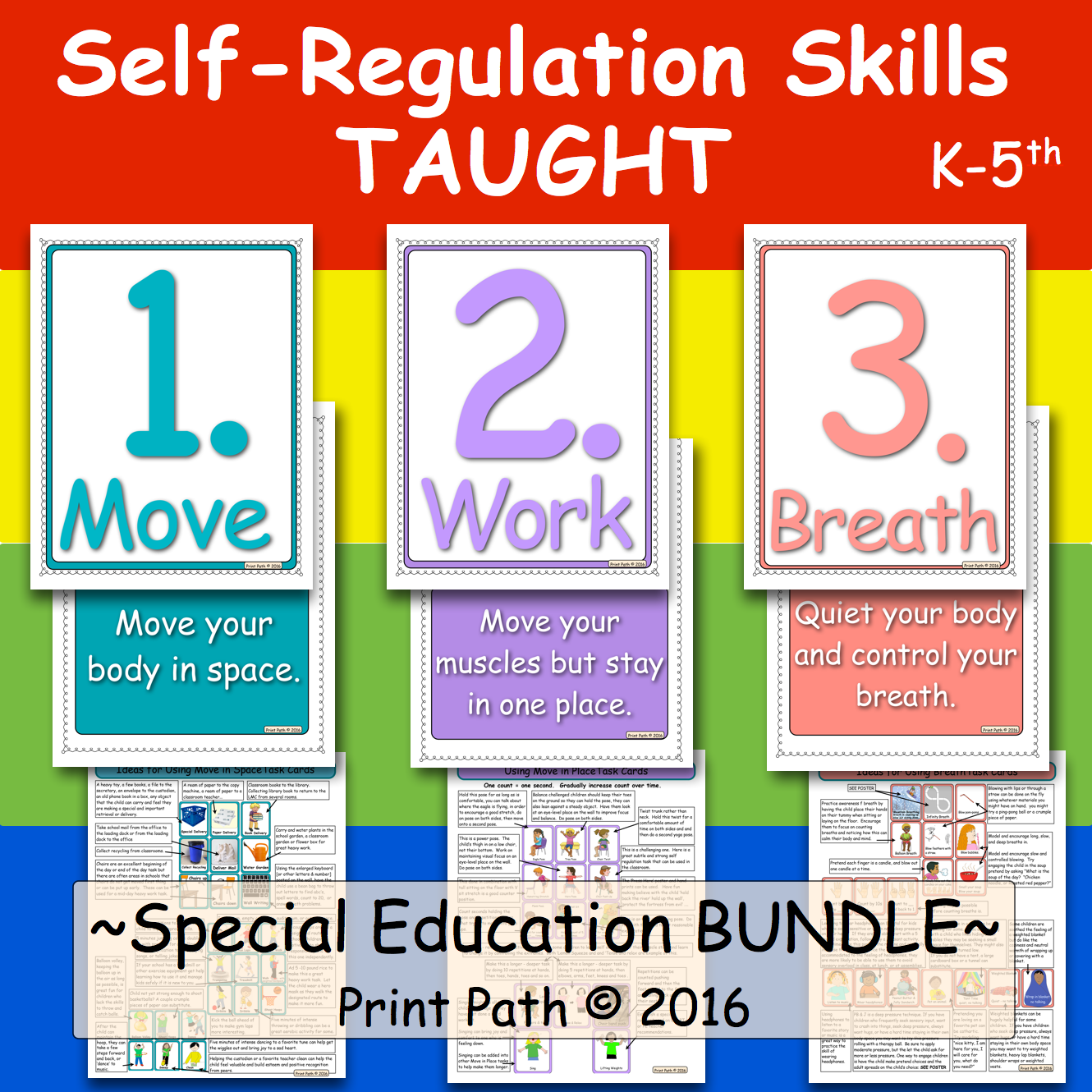
As a part of your school’s positive behavior supports or IEPs, are you working to teach self-regulation skills? Do you have have children who need tier II and tier III interventions for sensory or emotional-behavioral issues? Move~Work~Breathe is a self-regulation curriculum designed by a school based occupational therapist, Thia Triggs. It can be used with elementary age children with Autism, Emotional Behavioral Disturbance, Intellectual Disabilities, ADHD, Oppositional Defiant Disorder, Sensory Disregulation, and more. This curriculum provides an effective, time-efficient structured system to provide classroom breaks, improve self-awareness and self advocacy and teach specific self-regulation skills so that kids have tools to use in their classrooms.
Conclusion on Tips and Strategies for the Trauma Informed Classroom
Childhood trauma can have a huge impact in the the educational setting. It is helpful when school staff receives training on multi-tiered, research-based strategies to support students who have experienced trauma. By providing supports and interventions in a trauma information classroom setting is may help students improve relationships, cognitive skills, and emotional regulation.
References:
Cavanaugh, B. (2016). Trauma-informed classrooms and schools. Beyond Behavior, 25(2), 41-46.
Neitzel, J. (2020). Addressing Trauma in Early Childhood Classrooms: Strategies and Practices for Success. Young Exceptional Children, 23(3), 157-168.
Pappano, L. (2014). “Trauma-sensitive” schools: A new framework for reaching troubled students. Harvard Education Letter, 30, 1–5.
